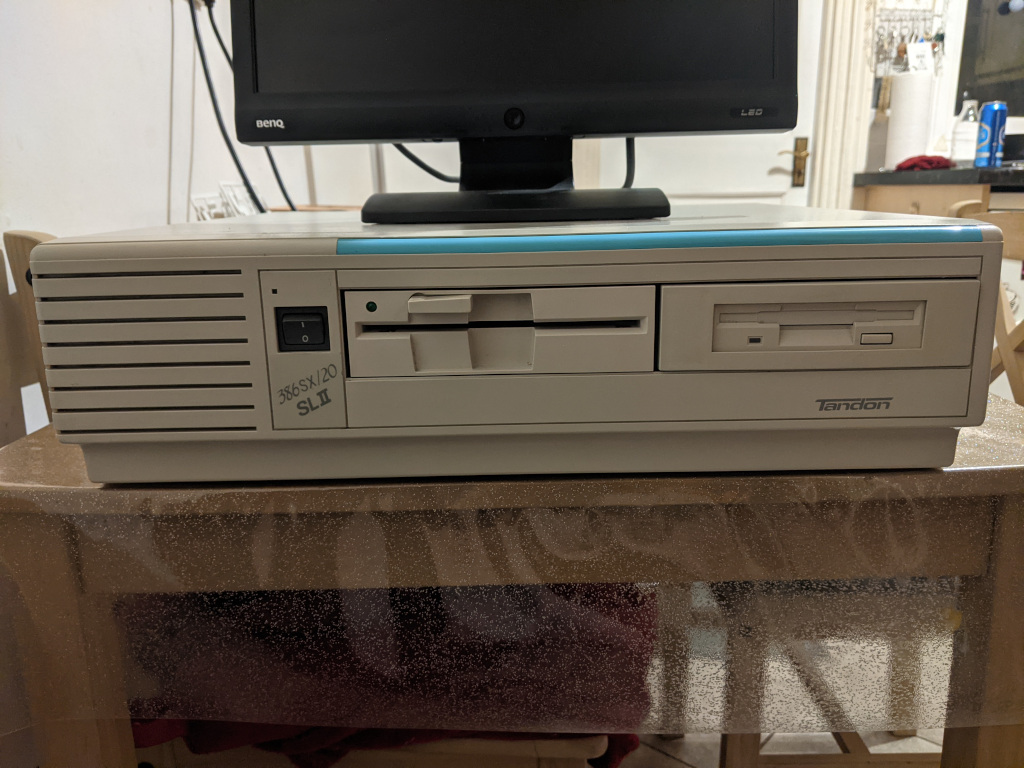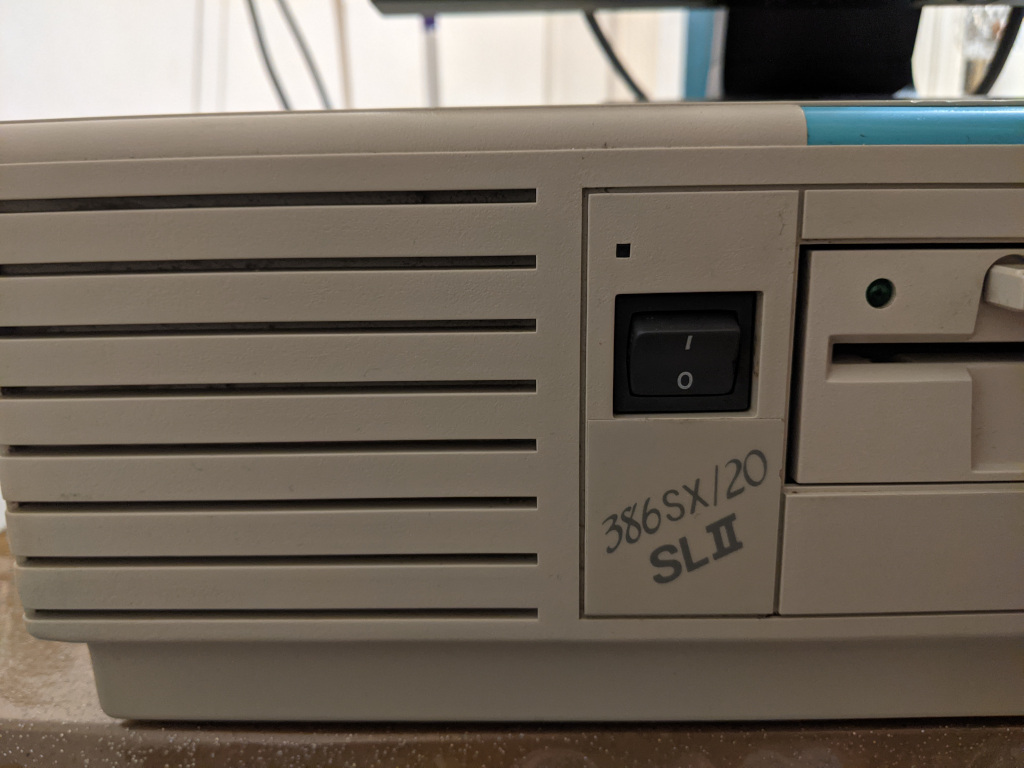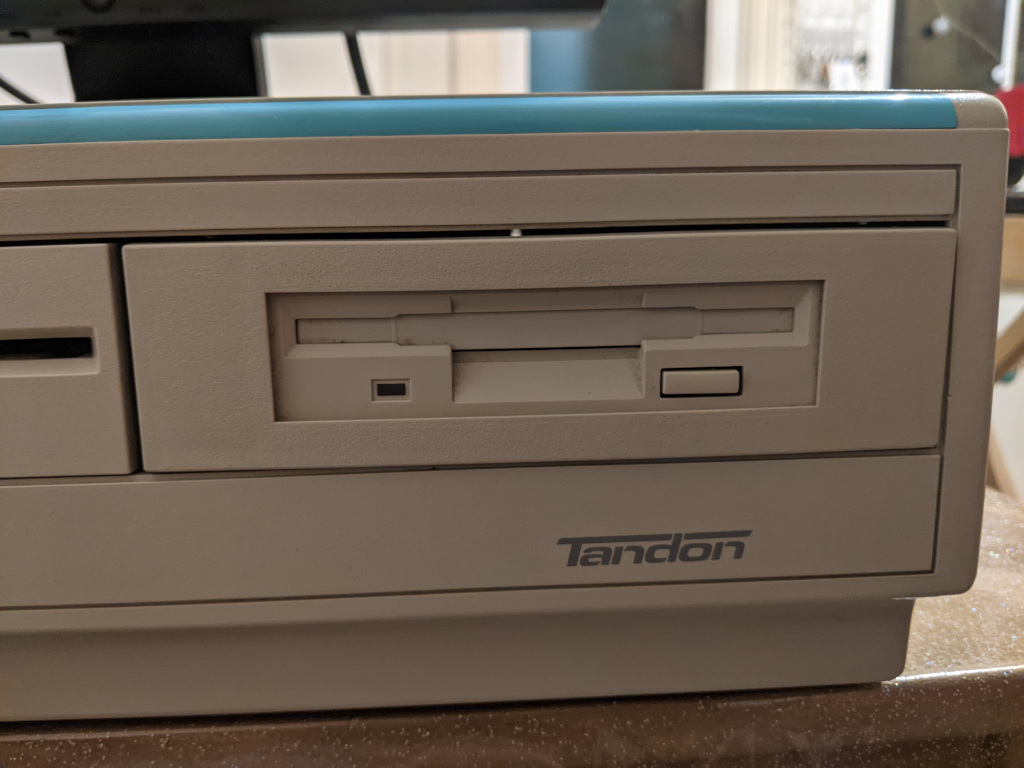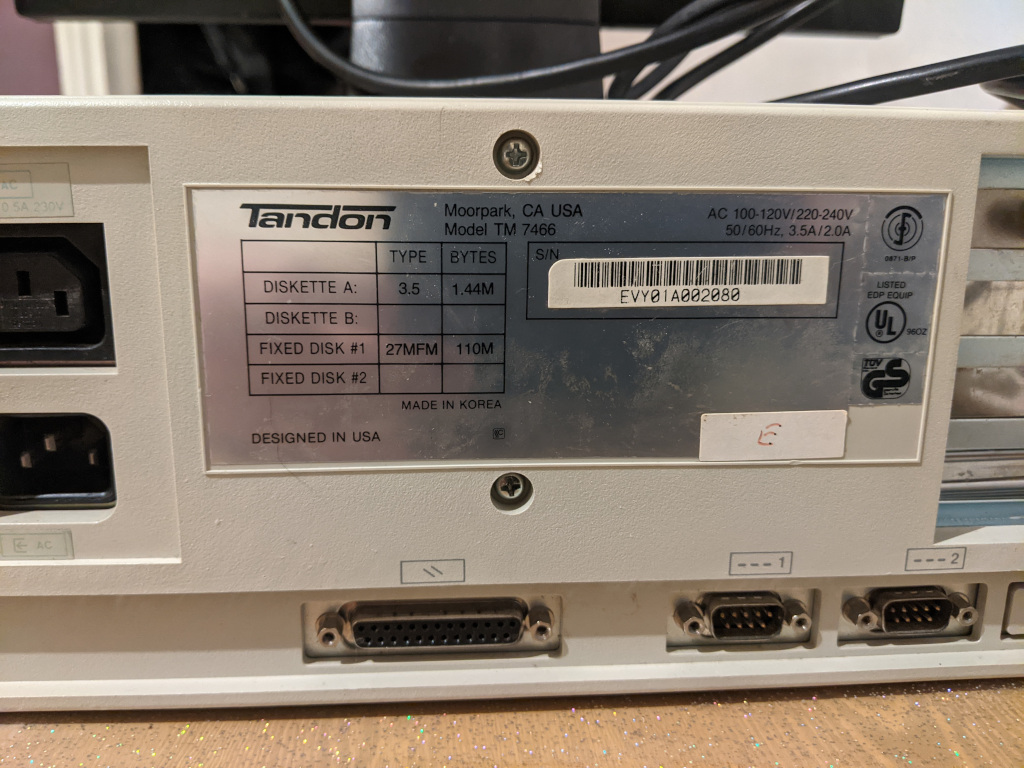chriswareham
New Member
Hi folks,
I'm restoring a Tandon 386 based PC - so far I've recapped the power supply, replaced the Rayovac CMOS battery, cleaned and lubed the floppy drives. It currently has 640KB of RAM on the motherboard and a pair of 1MB sticks in two of the four SIMM slots, but I've bought four 4MB sticks from eBay that are on their way to me.




Judging by the label on the rear, the 5.25" floppy drive was a later addition. It also has a Seagate ST1144a hard drive, which appears to be 130MB in capacity. However, despite playing around with the BIOS I can only get the machine to see 40MB of the drive. My goal with the machine is to run the first version of Visual C++ on it for some retro programming on original vintage hardware, so I'd like to have some more disk space. In the BIOS there is an option to select either MFM or RLL drive, and then a "drive type" which is a number from 1 to 47. 1 allows the machine to see 10MB and 47 allows it to see 40MB. Any suggestions on how to get it to see as much of the Seagate drive as possible would be seriously appreciated!
Failing that, would an XT-IDE card be a good way to get more disk capacity? I have one in my IBM 5150 - the machine that got me hooked on retro PCs. Or are there better options for a 386 class machine that already supports IDE?
Chris
I'm restoring a Tandon 386 based PC - so far I've recapped the power supply, replaced the Rayovac CMOS battery, cleaned and lubed the floppy drives. It currently has 640KB of RAM on the motherboard and a pair of 1MB sticks in two of the four SIMM slots, but I've bought four 4MB sticks from eBay that are on their way to me.




Judging by the label on the rear, the 5.25" floppy drive was a later addition. It also has a Seagate ST1144a hard drive, which appears to be 130MB in capacity. However, despite playing around with the BIOS I can only get the machine to see 40MB of the drive. My goal with the machine is to run the first version of Visual C++ on it for some retro programming on original vintage hardware, so I'd like to have some more disk space. In the BIOS there is an option to select either MFM or RLL drive, and then a "drive type" which is a number from 1 to 47. 1 allows the machine to see 10MB and 47 allows it to see 40MB. Any suggestions on how to get it to see as much of the Seagate drive as possible would be seriously appreciated!
Failing that, would an XT-IDE card be a good way to get more disk capacity? I have one in my IBM 5150 - the machine that got me hooked on retro PCs. Or are there better options for a 386 class machine that already supports IDE?
Chris
